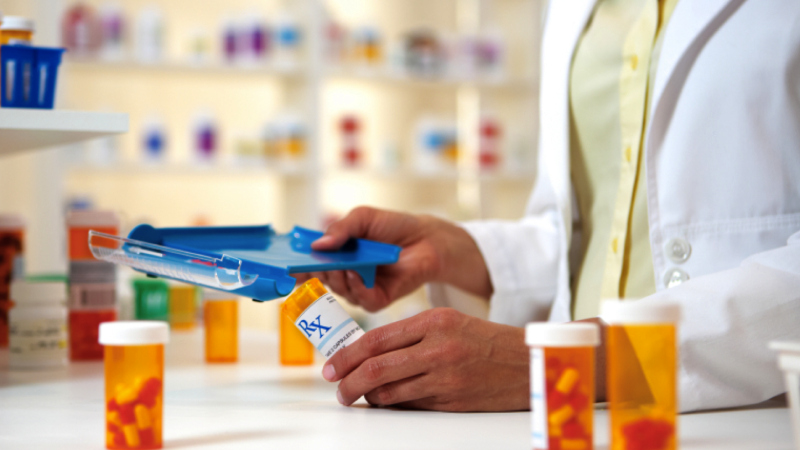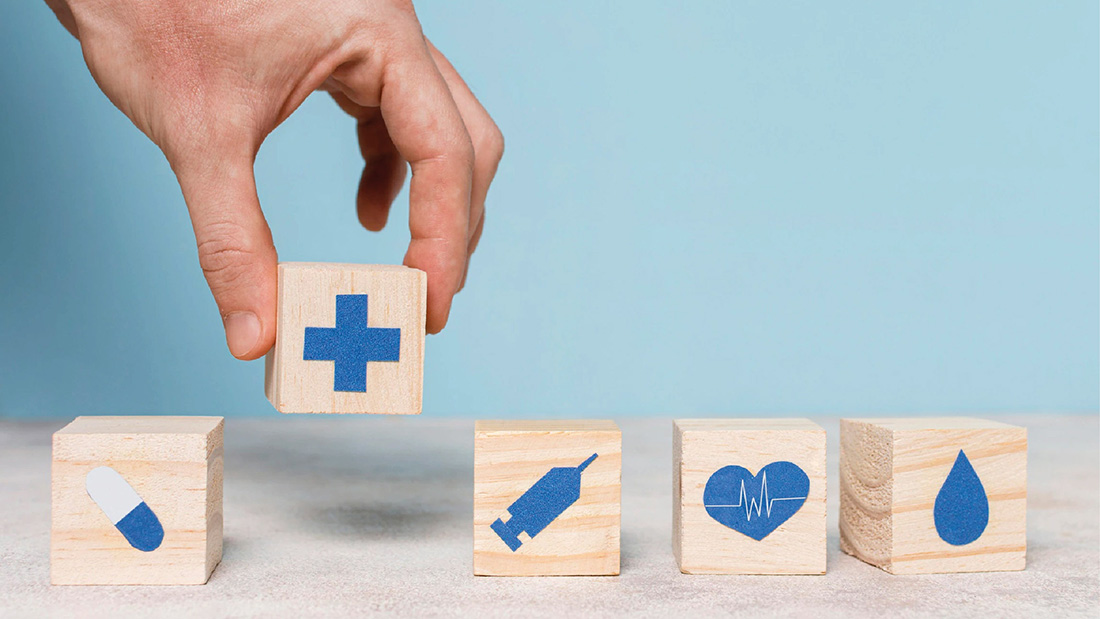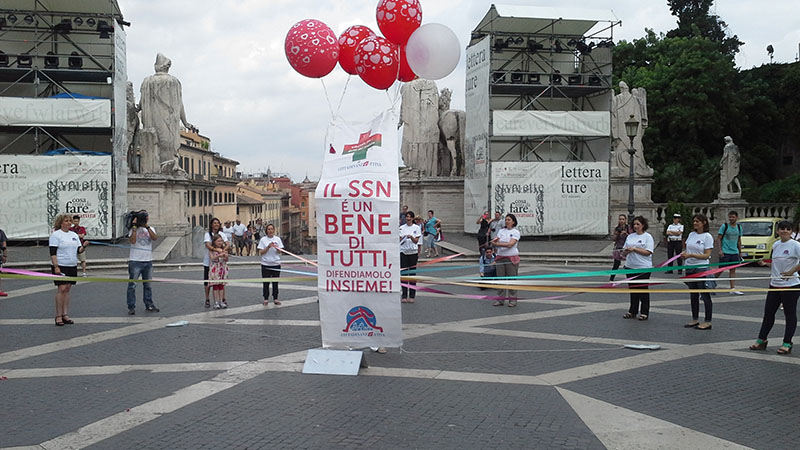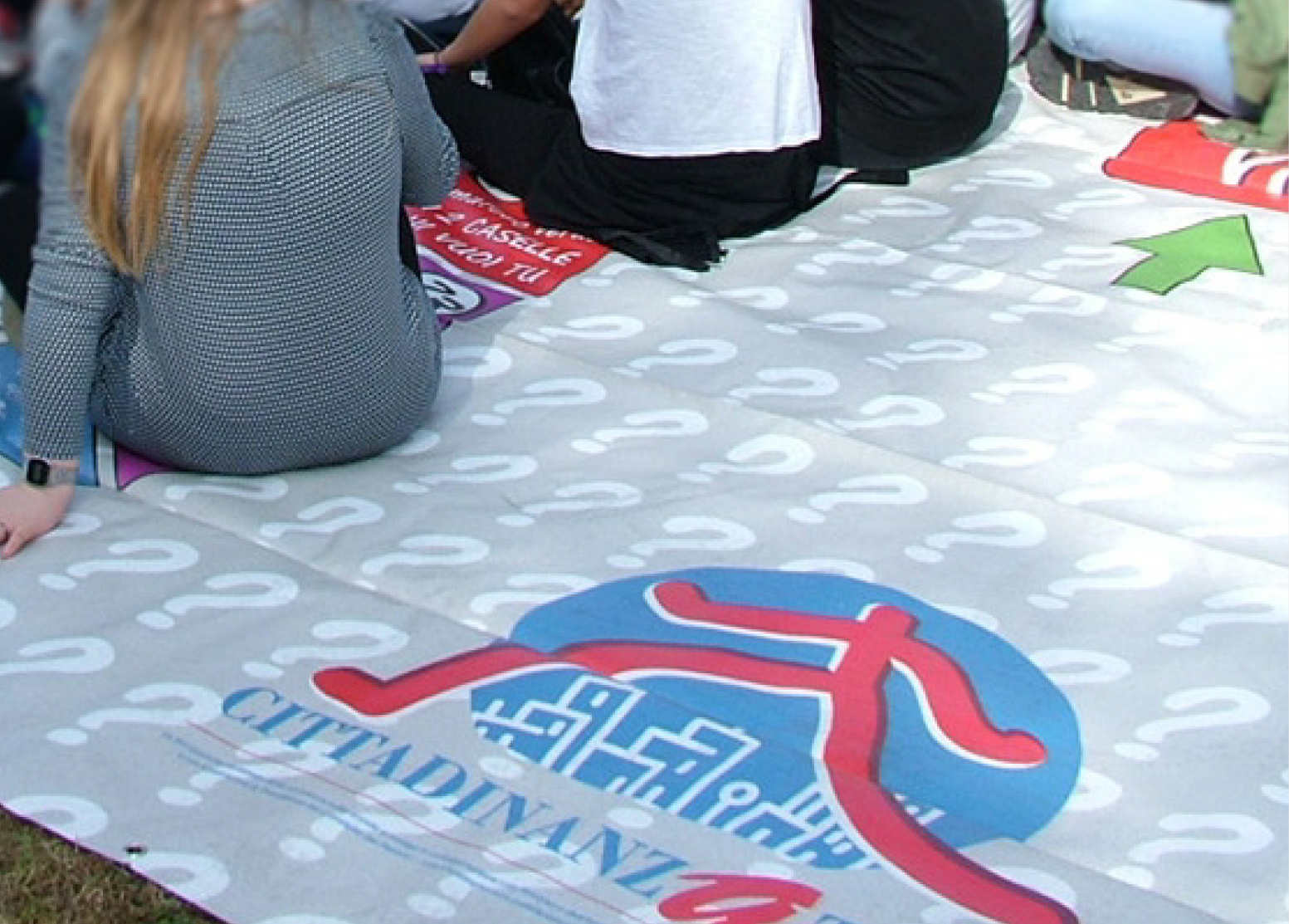
Presented a civic assessment on patients’ experience on drugs use with focus on biologicals and biosimilars. Working on adherence to treatments and information for physicians and patients
Not always people completely follow treatments, not really trusting bioequivalent drugs, and wishing for less pills and less side effects.Moreover, concerning biosimilars there are still uncertainty and confusions. This is the identikit of the “relationship” between drugs and patients with chronic diseases that came to light in the “Civic assessment on patients’ experience on drugs use with focus on biological drugs and biosimilars” presented today by Cittadinanzattiva through the Italian Coalition of Associations for Patients suffering Chronic Diseases (CNAMC).
Pharmaceutical assistance represents one of the field that suffered greater expense decrease from 16.8 % of 2008 to 14.85% of 2003. The financial resources especially the ones dedicated to hospital pharmacology show their inadequacy with respect to real needs at a so high level that in 2013 there was an exceed of 20.5%.
Meanwhile the research in the pharmaceutical field moves on and more advanced drugs that require the availability of important economic resourcesare produced..
In this challenging context for the National Health Service and its universalism there are also biological drugs and biosimilars.
The estimate is that in the next years, out of 100 drugs at least 48 will be biosimilars and thy will pass from 30% to 70%. In this context, Cittadinanzattiva realized a civic assessment with the aim to better understand patients knowledge of their therapies, their level of information about biological drugs and biosimilars, what are their informative needs, the doubts, the unspoken requests and all elements that somehow can impede their success.
The assessment was realized between August and October 2014 and involved 619 patientssuffering chronic diseases belonging to Associations adherent to CNAM. Among interviewed patients the predominant diseases were: Crohn disease and ulcerative colitis (47.5%), kidney disease (18.5%), hypertension (15.2%), autoimmunity and rheumatic diseases (13.2%), psoriasis (10.6%), oncological diseases (10.5%).
Not always following the treatments.
More than a half of respondents takes from 2 to 3 drugs per day (24.8 e 28.9%),10.5% of them more than 4.
One out of five patients forget the therapy, one out of seven makes mistakes in the drug dose.
The 22% declared that was forced to interrupt the therapy, for an average of 12 days, in the majority of the cases due to an allergic reaction (22.6%) or because it wasineffective
(20.4%), too expensivefor citizens (16.4%) or because of theunavailability in the pharmacy (14.5%).
Less than 10% decides on a voluntary base to interrupt or not starting a therapy, mainly for skepticism (56.5%), in the sense that the treatment does not produce the expected results or gives more side effects than benefits, or because of the difficulty to follow itdue to a too high number of prescribed giving (13%) or because they are treatments that if started will have to be followed during the whole life discouraging patients (11.6%).
In other cases, the decision to interrupt the therapy depends on a bad communication between doctor and patient.According to the 32.2% of respondents the information provided by physicians was not sufficiently clear.
For people who have to move out of their region, the main issues to face are: buy drugs with their money (46.6%), not knowing who to talk to in order to continue the therapy (17.7%), fear to receive a “no answer” even with a regular prescription (15.5%).
Patients demonstrate to be very responsible regarding the need to promptly communicate adverse reactions to drugs. 50% of patients did it at least once, talking mainly to the general practitioner (52.7%) or to the specialist (52.2%).
Equivalent drugs, known but never enough.
1 patient out of 4 knows that it is a drug that costs less than a brand one and in the same percentage respondents say that it is a similar drug, but not the same of the brand one.
More than 30% recognize them by the price knowing that they are cheaper than the brand one and from the labelling.
In the majority of cases patients are informed by their doctor or pharmacist about costs of different drugs, but consider the brand ones more effective (33.4%) or are influenced the skepticism of a part of physicians (30.8%)who affirm that they are not the same.
The result is that almost a half of patients (47.3%) would not change the current therapy with the equivalent one or has many doubts about it (21.6%).
Focus on biological drugs and biosimilars.
Almost a half of patients involved in the assessment (45.4%) has taken a biological drug; only 4% has taken biosimilars.
However, many respondents do not even know if what they are taking is a biological drug or a biosimilars(38.6%).Almost 30% knows that the biological drug is a biological substance that has been synthesized from a biological source; the 20% knows that it is a drug that only hospitals can provideand 19% knows that is a very expensive drug. Nevertheless, 17.5% does not know what it is and 7% never heard about that.
Patients who take biological drugs were previously informed by healthcare professionals that they area kind of tested drug for the pathology (60.5%), about the side effects that it can have (44.9%) and they were prevented about the fact that in case of adverse reactions they should immediately contact with the doctor (32.3%).
Only 9% of interviewed people is, instead, aware of the difference between biological drugs and biosimilars.
What is the main concern of patients is the level of safety and effectiveness of the drug (59% for the biological drug and 69% for biosimilars)
and the possible side effects (48% for both categories).
The assistance they hope for.
To conclude the assessment, Cittadinanzattiva asked patients to point out what they would like to have to increase the quality life related to the pharmacological therapies use.
37% would like to not be obliged to take many different drugs; more than 35% would like therapies that briefly show positive effects not lasting too much; 30% would like therapies with less side effects; 23% desires that the doctor prescribes treatments in a clear way, explaining side effects and benefits.
“The civic assessment” points out some priorities on which is necessary to intervene”, says ToninoAceti, National Coordinator of Italian Coalition of Associations for Patients suffering Chronic Diseases (CNAMC).”It I crucial to work on factors that have a negative incidence on the treatment adherence in order to guarantee the highest level of health to citizens, but also to contribute to the sustainability of the National healthcare system through the best use of the available economic resources: the current criticalities that characterize the communication doctor-patient concerning the therapies; the indirect and direct costs that citizens have to face; bureaucracy for provision and supply of the drug; unavailability of drugs in the pharmacies. It is also important to work on the correct information on treatments both regarding patients and professionals in order to guarantee an aware and responsible taking and provision of the therapies. In particular, it would be necessary to guarantee more and more complete information on: therapies effectiveness and safety; possible side effects; type of drug taken; in case of therapy change, the reason of this choice; the costs of the therapy. Finally, it is necessary to strengthen thepharmacovigilancethrough the involvement of citizens, above all with respect to the chance to point out possible side effects also directly to the Italian Agency of Drugs (AIFA). Moreover, it is important to promote policies and actions to strengthen and relaunch the role of healthcare professionals in the pharmacovigilance.
In general the assessment shows in concrete that it is the moment to recognize to citizens and patients associations the role they deserve in the decision making process in the field of public pharmacological assistance, formalizing it also in the process or re organization of AIFA, as already happens in other EU Countries and in EMA”.
The assessmentwasrealized by Cittadinanzattivawith the involvement of AIFA (Agenzia Italiana del Farmaco) and scientific societies (AIOM-Associazione Italiana di Oncologia Medica; FARE-Federazione delle Associazioni Regionali degli Economi e Provveditori della Sanità; IG IBD-Italian Group for InflammatoryBowelDiseases; SIDeMaST-Società Italiana di Dermatologia medica, chirurgica, estetica e delle Malattie Sessualmente Trasmesse; SIFO-Società Italiana di Farmacia Ospedaliera e dei Servizi Farmaceutici delle Aziende Sanitarie) and of patientsassociationsbelonging toCnAMC: (ADIPSO Associazione per la Difesa degli Psoriasici, AMICI Associazione Nazionale Malattie Infiammatorie Croniche dell'Intestino, ANMAR Associazione Nazionale Malati Reumatici, Forum Nazionale Trapiantati, Walce WomenAgainstLungCancer in Europe). Also FAIS (FederazioneAssociazioniIncontinenti e Stomizzati) has participated. The assessment was realized with the not conditioned support of Fondazione MSD.












